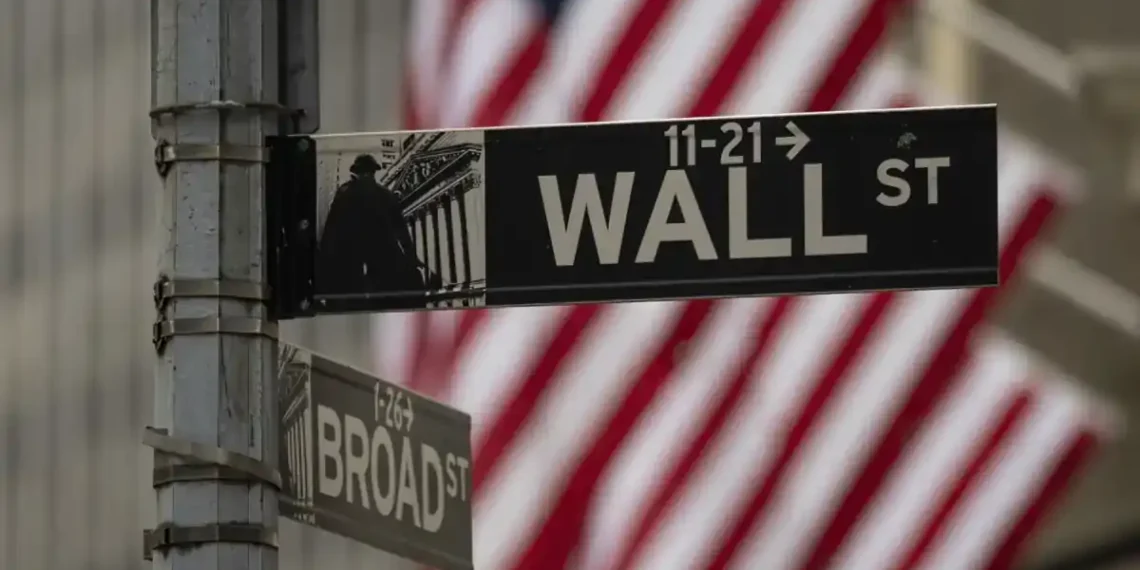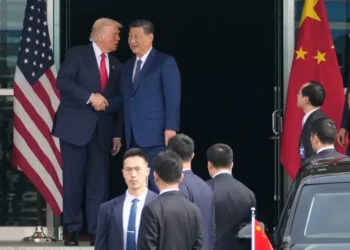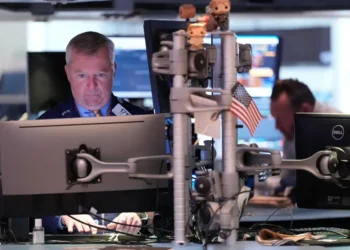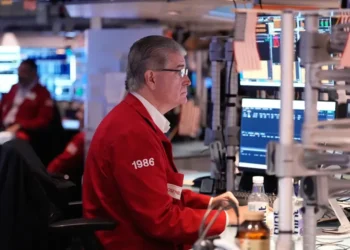Asian Markets Rise as Investors Eye Fed Moves and Cooling Oil Prices
Stocks edge higher after Powell’s wait-and-see message, as tensions ease in the Middle East
Asian markets posted modest gains Wednesday, following Wall Street’s rally and signs of easing geopolitical tensions in the Middle East. Investors are now shifting their focus to the Federal Reserve and the potential impact of tariffs and oil prices on the global economy.
In testimony to Congress on Tuesday, Federal Reserve Chair Jerome Powell signaled that the Fed is in no rush to cut interest rates — a stance that contrasts sharply with former President Donald Trump’s calls for immediate action.
“For the time being, we are well positioned to wait to learn more about the likely course of the economy before considering any adjustments to our policy stance,” Powell said before the House Financial Services Committee.
Oil Prices Bounce Back, but Remain Below Pre-Conflict Levels
Oil prices rebounded slightly early Wednesday after tumbling roughly 6% on Tuesday. The drop followed a fragile but holding ceasefire between Israel and Iran, easing fears that the conflict might disrupt global oil supplies.
- U.S. crude rose 1.2% to $65.16 a barrel
- Brent crude added 1.1%, reaching $66.95
Despite the slight uptick, oil remains cheaper than it was before the conflict erupted nearly two weeks ago — good news for consumers and central bankers trying to rein in inflation.
“Easing stress in energy markets is excellent news for everyone who doesn’t want to see higher oil prices translating into accelerating inflation and tighter monetary policy,” said Ipek Ozkardeskaya of Swissquote Bank.
Asian Markets Follow Wall Street’s Lead
Investor confidence seems to be rebounding. After Trump announced the Israel-Iran ceasefire, global markets rallied. On Tuesday, the S&P 500 surged 1.1%, climbing back within 0.8% of its record high from February. The Dow Jones jumped 1.2%, and the Nasdaq added 1.4%.
That momentum carried over to Asian trading early Wednesday:
- Japan’s Nikkei 225: +0.3% to 38,917.08
- Hong Kong’s Hang Seng: +0.9% to 24,386.59
- Shanghai Composite: +0.5% to 3,437.10
- South Korea’s Kospi: +0.2% to 3,110.19
- Australia’s S&P/ASX 200: +0.1% to 8,562.90
- Taiwan’s Taiex: +1.1%
- India’s Sensex: +0.7%
- Thailand’s SET: -0.4%
“The world can now move on to face other difficult choices like tariffs and things like that,” said Frances Lun, CEO of GEO Securities in Hong Kong. “The market is well on its way to rebound and could again reach new levels.”
Fed Remains Cautious Amid Tariff Uncertainty
While the ceasefire and falling oil prices are calming markets, the Federal Reserve is keeping a close eye on another wildcard: tariffs.
The Fed has made it clear that it’s not ready to act until it sees more data on how the recently imposed tariffs — part of Trump’s broader economic strategy — will impact inflation and growth. Tuesday’s consumer confidence report came in weaker than expected, though inflation remains only slightly above the Fed’s 2% target.
Currency Markets
In currency trading:
- The U.S. dollar rose to 145.10 Japanese yen from 144.93 yen
- The euro edged up slightly to $1.1617 from $1.1610
This article was rewritten by JournosNews.com based on verified reporting from trusted sources. The content has been independently reviewed, fact-checked, and edited for accuracy, neutrality, tone, and global readability in accordance with Google News and AdSense standards.
All opinions, quotes, or statements from contributors, experts, or sourced organizations do not necessarily reflect the views of JournosNews.com. JournosNews.com maintains full editorial independence from any external funders, sponsors, or organizations.
Stay informed with JournosNews.com — your trusted source for verified global reporting and in-depth analysis. Follow us on Google News, BlueSky, and X for real-time updates.













